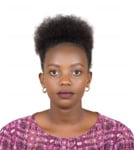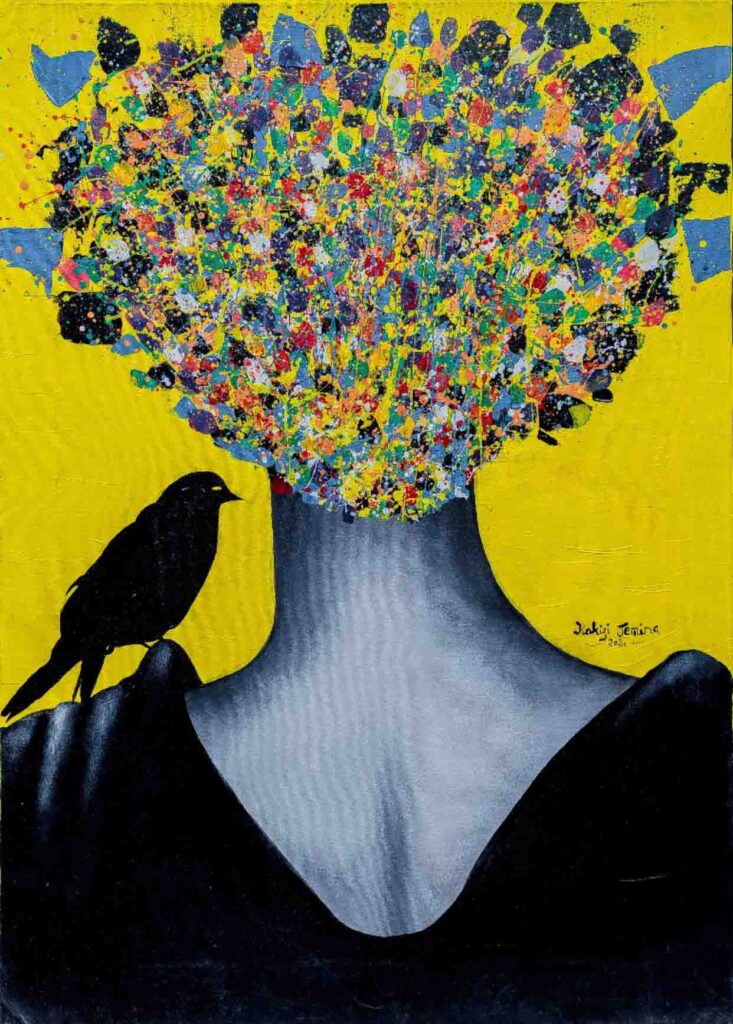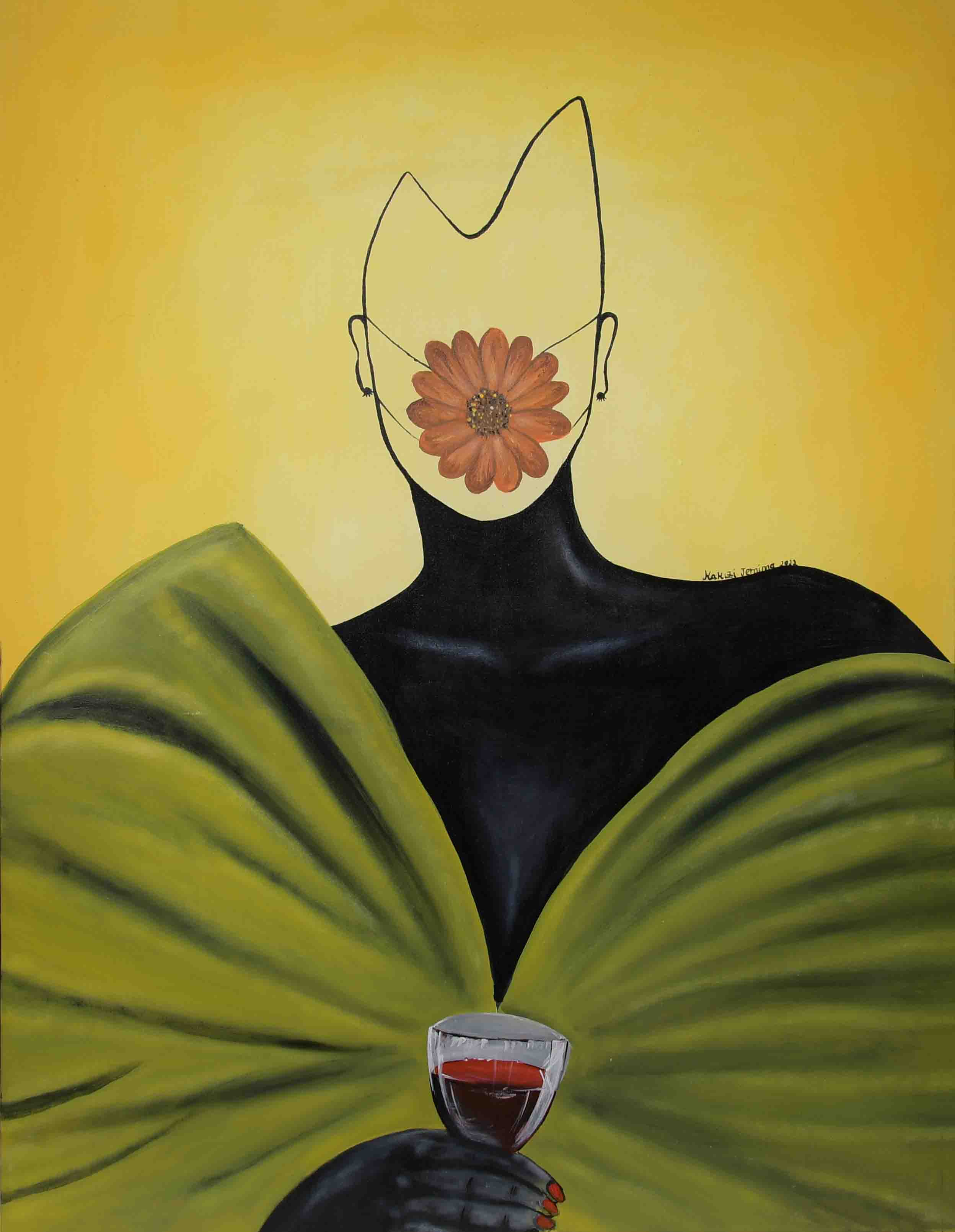
Jemima Kakizi – Multidisciplinary Artist
Kigali, Rwanda
Jemima Kakizi is a multidisciplinary artist and certified lay counsellor whose artworks are an intersection of the semi abstract and abstract. She is interested in making art that addresses things people (especially women) go through in their daily lives, and attempts to shift the lens certain things are viewed in.
Her art is an invitation to engage in inner and/or outer discussion about subjects that are rarely talked about or are even considered taboo. She believes that her art not only plays a role in engaging community consciousness but also boosts women’s confidence and improves the overall social conditions of her community.
Having witnessed the lack of visibility for female artists in the Rwandan art scene and in a bid to find a solution, Jemima recently embarked on a journey of curating exhibitions with her first curatorial work being “At The Entrance” exhibition held from 12th to 26th February 2022 at Kigali Soul Gallery.
Jemima has worked with different NGOs and has featured in numerous exhibitions: Martin Luther King’s speech “I have a dream”, organized by the US Embassy, Rwanda in 2015, “Dans les yeux de l’artiste” with Inganzo and the French Embassy at Umubano Hotel, Kigali, Rwanda in 2018; “Each for equal” 2020 in Rwanda and ~far~Dar es Salaam,” Layers of agency” with Soul of nations, the US Embassy and Rwanda art Museum 2021, to name a few.. She is currently artist in residency at The University of Global Health Equity’s (UGHE) and series of Hamwe Festival titled “Stigma, Power and Hopes” that is focusing on mental health for older adults.




